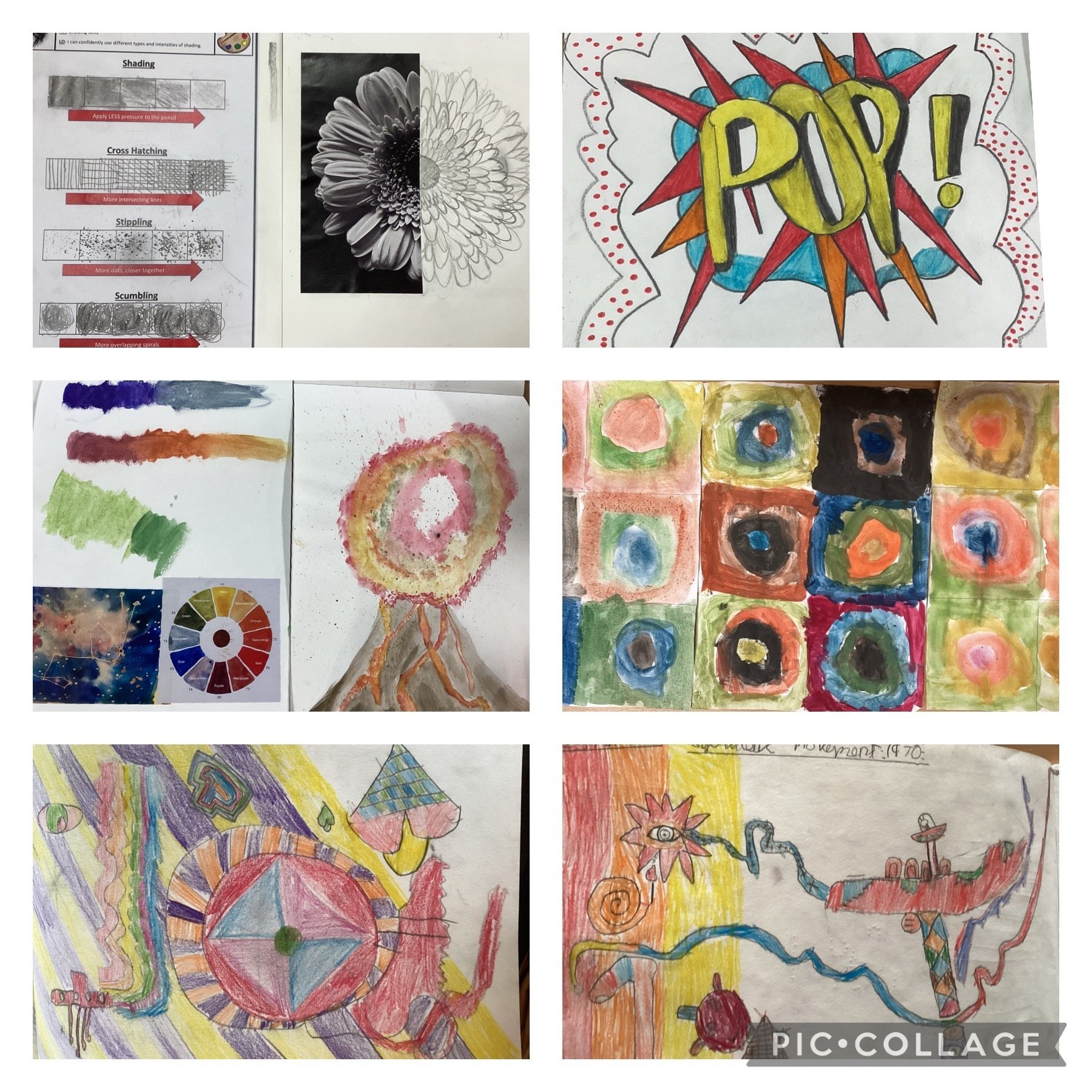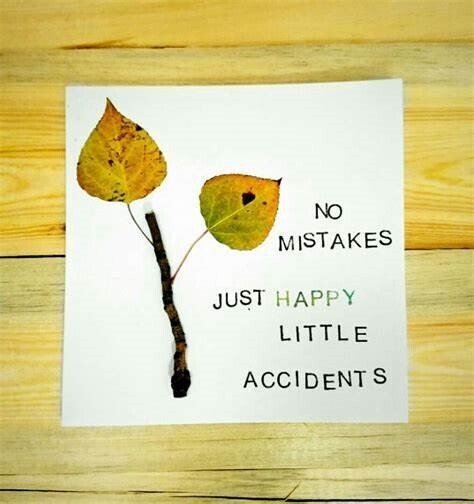Art
Intent:
At Rillington Primary School, our Art curriculum intends to inspire and develop creativity, challenge, engage and encourage our children to express themselves through reflecting on and producing pieces of art. It equips them with knowledge and skills through opportunities to explore different techniques, artists and media.
We hope to develop our children as artists by exposing them to diverse art experiences, giving them an artistic voice and igniting a life-long desire to enjoy art of others and be creative themselves. With regular opportunities and experiences for them to reflect, learn and evaluate artwork will immerse them with art and become confident, creative artists.
Implementation
At Rillington Primary School all children will take part in art lessons each term with other opportunities to experience art at galleries and gain skills from visiting artists. Art lessons are taught to each year group following the progression document.
Each strand makes children's prior and future learning clear, showing how teaching fits into the children's wider learning journey. Carefully planned vocabulary and suggested artists and texts ensure stimulus is engaging for the children.
The main formal elements of art that will be taught across drawing, painting and sculpture are:
- Line
- Shape
- Form
- Tone
- Colour
- Texture
- Pattern
The children will learn both knowledge and skills in a progressive manner each year.
A clear plan of progression for sketchbook work plus a separate one for analysing and evaluation their work, shows high expectations and how their skills in all areas are developed as they move through the school.
The children in EYFS are introduced:
- To safely use and explore a variety of materials, tools and techniques, experimenting with colour, design, texture, form and function; -
- Share their creations, explaining the process they have used;
- Make use of props and materials when role playing characters in narratives and stories
The children in KS1 begin learning basic skills and techniques through drawing, painting and sculpture, which include:
- Experimenting line types and directions and different brush techniques.
- Knowing the difference between 2D and 3D shapes and how lines make shapes.
- Know and use different forms and scale in different medias.
- Explore tone through ‘light and dark’ and know how to mix them in paint and create them in drawings.
- Know primary and secondary colours and how to create them and group them.
- Identify different textures.
- How to use sketchbooks to explore, record techniques, reflect and add written annotations.
In KS2, the children further develop their knowledge and skills of the formal elements of art, line, shape, form, tone, colour, texture and pattern and their articulation of the vocabulary associated with it. They develop their sketchbook work to be more reflective, adaptive and evaluative showing that they are collecting ideas and building their skills.
Whilst in school, we promote a culture where mistakes can happen and that they can enhance our work. We allow them to discover areas of strength, as well as areas they might like to improve upon. We give the children opportunities to create pieces of work with purpose so that they may access fundamental abilities such as: achievement, self-confidence, interaction with and awareness of others, and self-reflection. Art will also develop an understanding of culture and history, both in relation to students individually, as well as ethnicities from across the world.
Evidence is collected in children’s individual art sketchbooks where the children explore artists’ work, record and practise techniques, annotate their work and evaluate their own art too. Children are also given opportunities to create a final piece of art to be displayed. We take photographs to record any experiences such as visits or visiting artists.
Impact
Children enjoy art, in as many different ways as an artist or an observer.
They can discuss art using vocabulary they have been taught and comprehend its parts.
They can draw, paint, sculpt and create art.
They can articulate and evaluate their own and others’ artwork.

 Translate
Translate




























